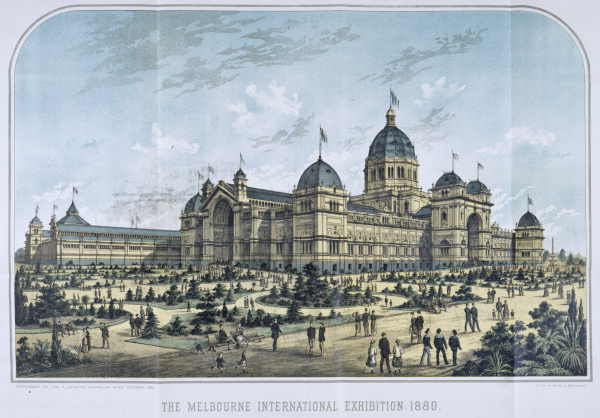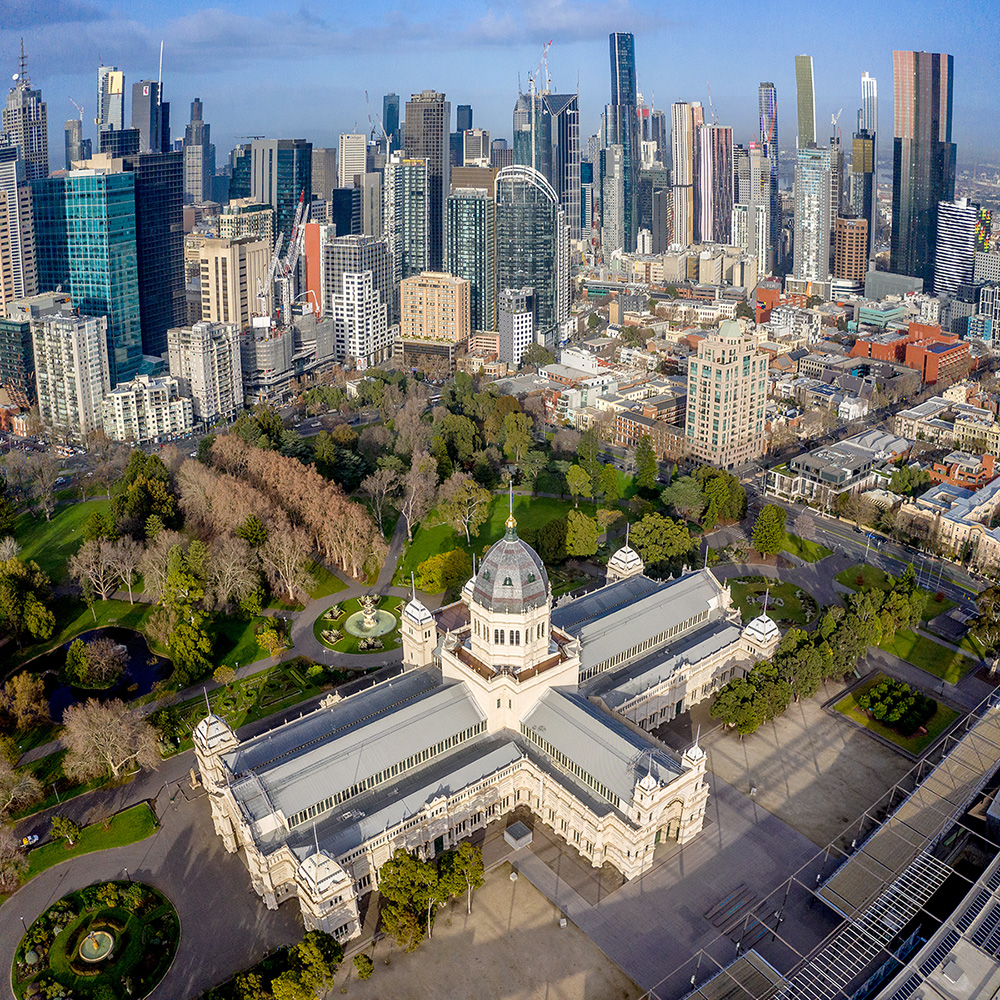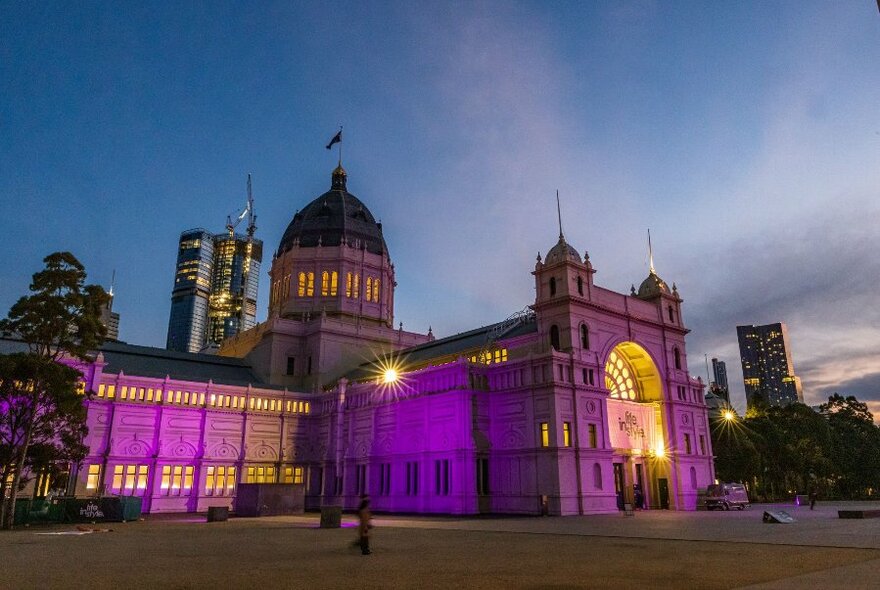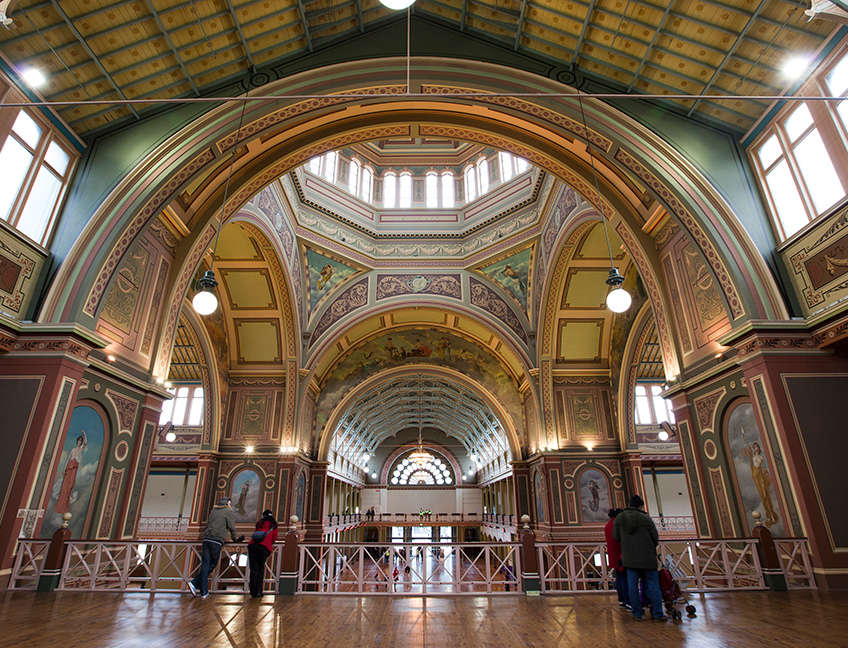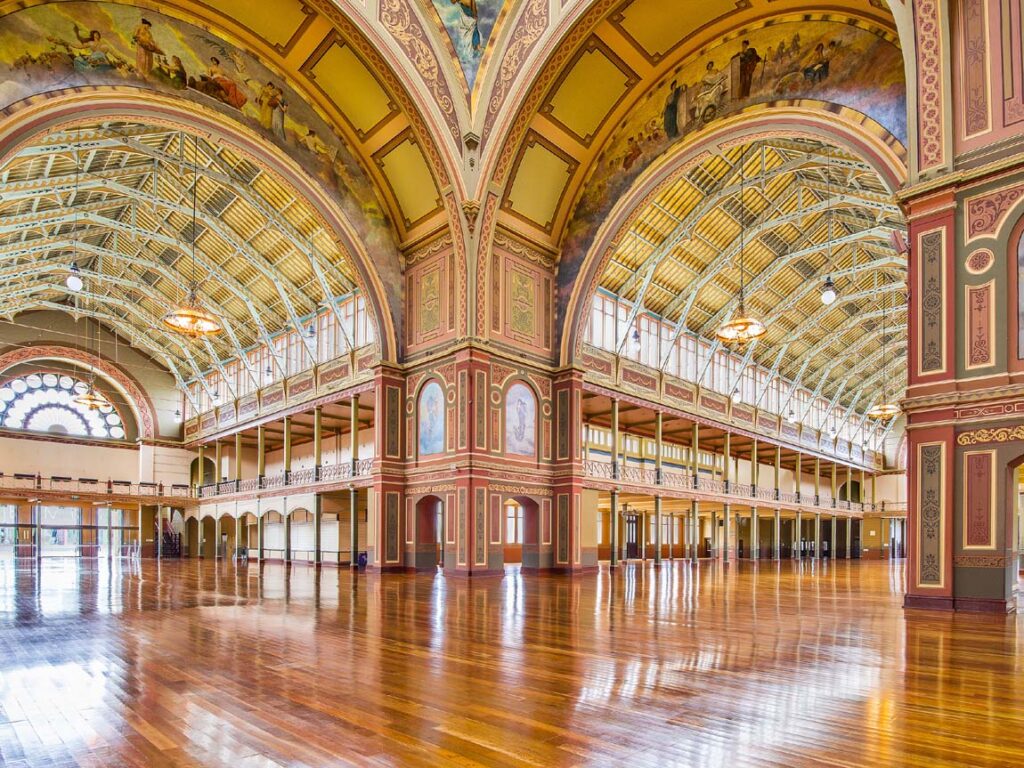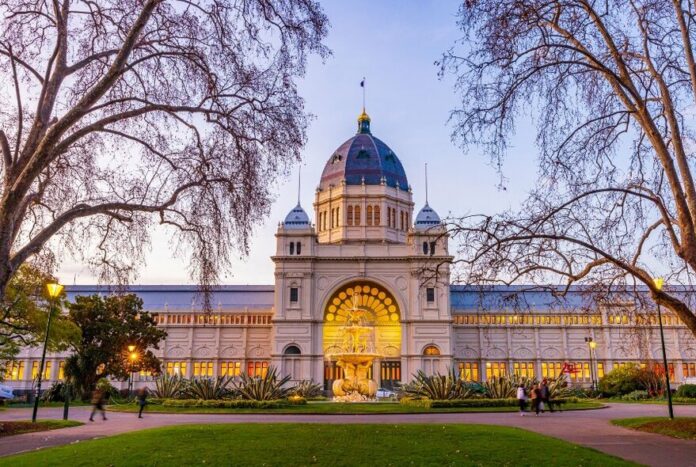In the heart of Melbourne stands a testament to architectural grandeur and historical significance—the Melbourne Royal Exhibition Building. This magnificent 19th-century structure, listed as a UNESCO World Heritage site, embodies the spirit of innovation and cultural exchange that characterized the international exhibition movement of the time.
Designed by the visionary architect Joseph Reed, the Royal Exhibition Building was conceived to house the prestigious Melbourne International Exhibition, following the wave of enthusiasm ignited by the 1851 Crystal Palace Exhibition in London. Completed in 1880, this architectural marvel captured the essence of various styles, from Byzantine to Italian Renaissance, creating a unique fusion that continues to captivate visitors to this day.
At the cornerstone-laying ceremony in February 1879, presided over by the Victorian governor George Bowen, the vision of Reed began to take shape. The resulting structure, completed in a mere 18 months, boasted a French Beaux Arts cross shape, crowned by a majestic octagonal roof and dome towering 68 meters high. Drawing inspiration from landmarks like Florence Cathedral, Reed crafted a symbol of cultural diversity and openness, as evidenced by the inscription beneath the dome: ‘Victoria Welcomes All Nations’.
Throughout its storied history, the Royal Exhibition Building has served as more than just a venue for exhibitions. It has been the stage for pivotal moments in Australian history, hosting events like the Melbourne Centennial Exhibition in 1888 and the inaugural session of the Parliament of Australia in 1901. For 26 years, it even housed the Victorian Parliament, cementing its status as a cornerstone of Australian identity.
Yet, like any enduring monument, the Royal Exhibition Building has weathered periods of uncertainty. From its transformation into an influenza hospital during the 1919 Spanish Flu epidemic to the threat of demolition in the 1940s, the building has faced challenges that tested its resilience. However, its true revival came with the hosting of events for the 1956 Summer Olympics, rejuvenating its role as a cultural hub for generations to come.
One of the most controversial moments in its history came in 1979, with the demolition of the great hall to make way for the modern ‘Centennial Hall’. This move sparked public outcry but ultimately led to a renewed appreciation for the building’s architectural significance. Following extensive renovations, the Royal Exhibition Building and its surrounding gardens were rightfully recognized as a UNESCO World Heritage site in 2004, ensuring its preservation for future generations.
Today, the Royal Exhibition Building continues to be a vibrant center of activity, hosting a diverse array of events ranging from the Melbourne International Flower and Garden Show to gala dinners and fashion showcases. Visitors are invited to explore its breathtaking interior through guided tours offered by the Melbourne Museum, providing insight into its rich history and cultural significance.
As one wanders through the manicured German gardens and gazes upon the grand fountain, it’s impossible not to feel the weight of history and the enduring legacy of this architectural masterpiece. The Melbourne Royal Exhibition Building stands not only as a symbol of the past but as a beacon of inspiration for the future—a timeless icon of culture and history in the heart of Victoria.
